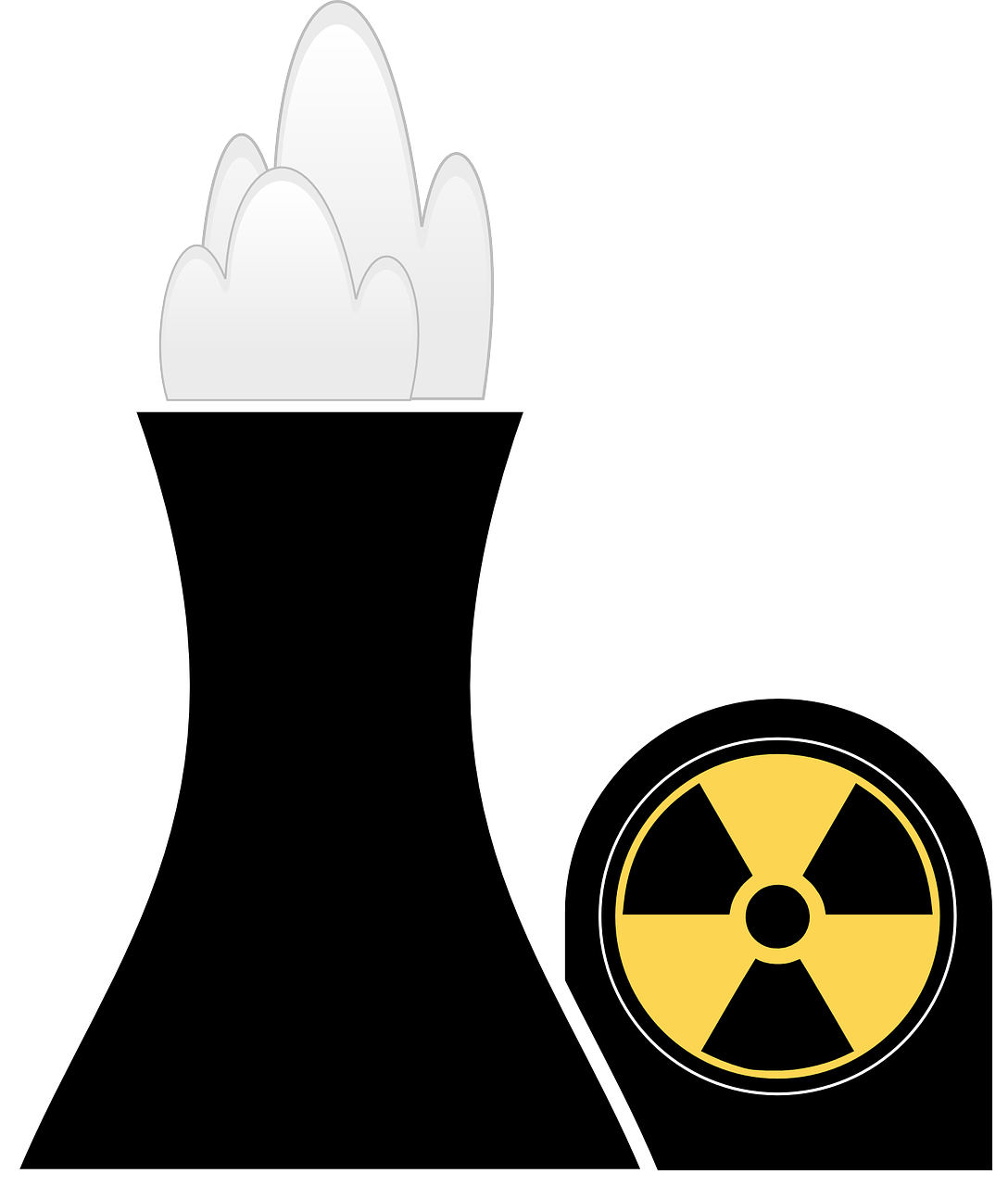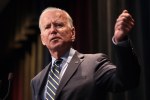Surging U.S. Support for Nuclear Power: A Game-Changer in Energy Landscape

May 10, 2023
According to a recent Gallup survey, 55% of adults in the United States now express support for the utilization of nuclear power. This figure represents a notable increase of four percentage points from the previous year and signifies the highest level of public endorsement for nuclear energy in electricity since 2012.
The survey fund that there is a notable partisan divide regarding support for nuclear energy in the United States. Republicans exhibit a higher inclination towards favoring nuclear power compared to Democrats, which aligns with previous Gallup polls.
This divide is particularly evident at the state level, where Republican-controlled states tend to adopt more pro-nuclear policies compared to their left-leaning counterparts. However, there is a growing trend of Democratic support for nuclear energy. The shift in public opinion towards nuclear energy can be attributed to advancements in nuclear technologies and the enactment of new federal climate laws.
Nuclear Power: Controversy and Promise for Clean Energy Transition
Nuclear energy has long been a topic of heated debate and controversy. Notable incidents such as Three Mile Island in 1979, Chernobyl in 1986, and Fukushima in 2011 have raised concerns about safety.
However, it’s worth noting that the number of fatalities attributed to nuclear power generation pales in comparison to those resulting from fossil fuel power generation. Another issue that plagues the industry is the challenge of toxic waste disposal, which disproportionately affects Indigenous communities.
Nevertheless, nuclear power offers some compelling advantages. Firstly, it doesn’t emit carbon, making it a clean energy option. Moreover, unlike wind and solar energy, which are weather-dependent and subject to fluctuations, nuclear energy provides a consistent and reliable source of electricity.
These attributes have captured the attention of the Biden administration, which recognizes nuclear energy as a crucial solution for achieving grid stability in a net-zero future. To further enhance safety and efficiency, the administration is championing the deployment of advanced nuclear reactors.
This term encompasses a new generation of reactor models that aim to improve upon the shortcomings of traditional designs. By pushing for advancements in this technology, the administration seeks to overcome the challenges associated with nuclear power and establish it as a cornerstone of the clean energy transition.
In a crucial finding, a recent report from the Department of Energy emphasizes that achieving President Joe Biden’s ambitious net-zero emissions target by 2050 will require the deployment of an additional 200 gigawatts of advanced nuclear power in the United States. This substantial capacity is equivalent to powering approximately 160 million households, underscoring the pivotal role of advanced nuclear technology in realizing a sustainable and clean energy future.
Nuclear Power Statistics According to Gallup
Gallup, the renowned polling organization, has been monitoring shifts in public opinion on nuclear energy since 1994. The data reveals intriguing patterns, with majority support for nuclear power prevailing from 2004 to 2015. The peak of this support was recorded in 2010, reaching 62%.
However, in a significant turn of events, Gallup’s survey in 2016 marked the first instance of a majority opposing nuclear energy. Speculations pointed to lower gasoline prices that year, potentially impacting Americans’ perception of the necessity of energy sources like nuclear power. In recent years, opinions on nuclear power remained evenly divided until the latest poll conducted in March.
Does the U.S. Agree to Nuclear Energy?
Noteworthy findings from the poll indicate that 62% of Republicans express support for nuclear power, compared to 46% of Democrats. Ryan Norman, a senior policy advisor at the center-left think tank Third Way, suggests that Republican support stems from prioritizing energy independence, promoting innovation, strengthening American leadership globally, and fostering competition with countries like China and Russia in the nuclear arena.
Matt Bowen, a senior research scholar at Columbia University, highlights the political differences in public opinion, particularly at the state level. Conservative states tend to foster a more supportive environment for nuclear energy policies.
Illustrating this state-level dynamic, Tennessee’s Republican Governor Bill Lee recently allocated $50 million in the state budget to support nuclear power-related businesses. Wyoming’s Governor Mark Gordon welcomed the planned construction of an advanced nuclear reactor site, positioning the state as a pioneer in this technology. In a similar vein, West Virginia repealed its ban on constructing nuclear power plants. Notably, these states have experienced significant job losses due to the decline of the coal sector.
Conversely, states imposing restrictions on new nuclear power facilities tend to be Democratically controlled. Examples include California, Connecticut, and Massachusetts, which are known as Democratic strongholds. However, on a national scale, Ryan Norman emphasizes that the recent Gallup poll reflects a growing support for nuclear power across political spectrums.
Democratic backing for nuclear power witnessed a 7% increase this year, rising from 39% in 2022. Factors contributing to this surge could be recent studies on decarbonization pathways and the Biden administration’s focus on climate goals, highlighting nuclear power as a potential clean energy solution. As public opinion continues to shift and political dynamics shape state-level policies, the debate surrounding nuclear power’s role in the nation’s energy landscape remains dynamic and significant.
Further Information
The Department of Energy’s modeling, coupled with the International Energy Agency’s Net Zero by 2050 scenario, highlights a critical need for doubling worldwide nuclear energy capacity between 2022 and 2050 to achieve full decarbonization of the global economy. This ambitious target underscores the pivotal role that nuclear power plays in addressing the pressing challenges of climate change.
Remarkably, nuclear power has experienced rare moments of bipartisan support in Congress. Lawmakers from both sides of the aisle have come together to pass several pro-nuclear laws, showcasing the recognition of its significance. Notably, the 2021 bipartisan infrastructure law allocated $6 billion to ensure the maintenance of existing nuclear power plants.
Additionally, the 2022 Inflation Reduction Act, primarily driven by Democrats, introduced a technology-neutral tax credit for low-carbon energy, including nuclear power plants. The climate spending law further reinforces this support through substantial investments in advanced nuclear research and demonstration.
According to Matt Bowen, the increasing urgency to address climate change has led to a newfound openness among Democratic lawmakers towards nuclear energy. They are grappling with the question of how to achieve deep decarbonization within the limited time available. Nuclear power presents itself as a potential solution to this challenge.
As the global community intensifies its efforts to combat climate change, the recognition of nuclear power’s role in achieving decarbonization goals grows stronger. The Department of Energy’s modeling and the International Energy Agency’s scenario highlight the imperative of doubling nuclear energy capacity on a global scale. These developments, coupled with bipartisan support in Congress, signify a growing consensus on the importance of nuclear power in the transition to a sustainable and low-carbon future.








